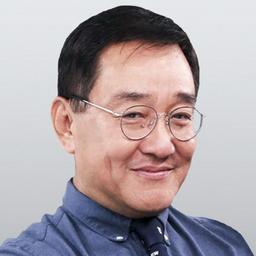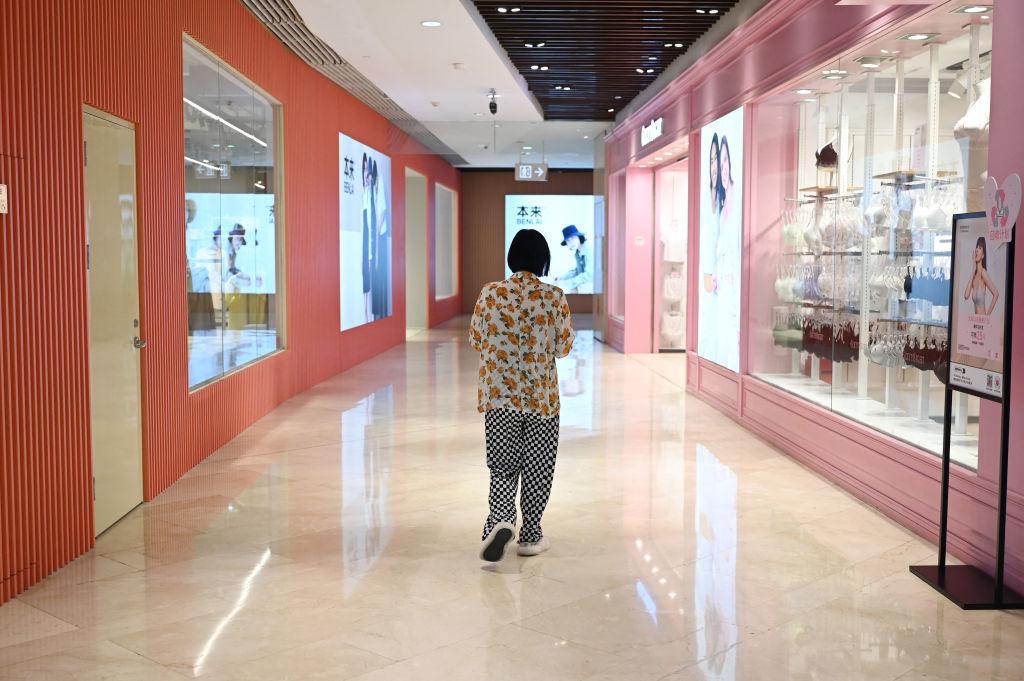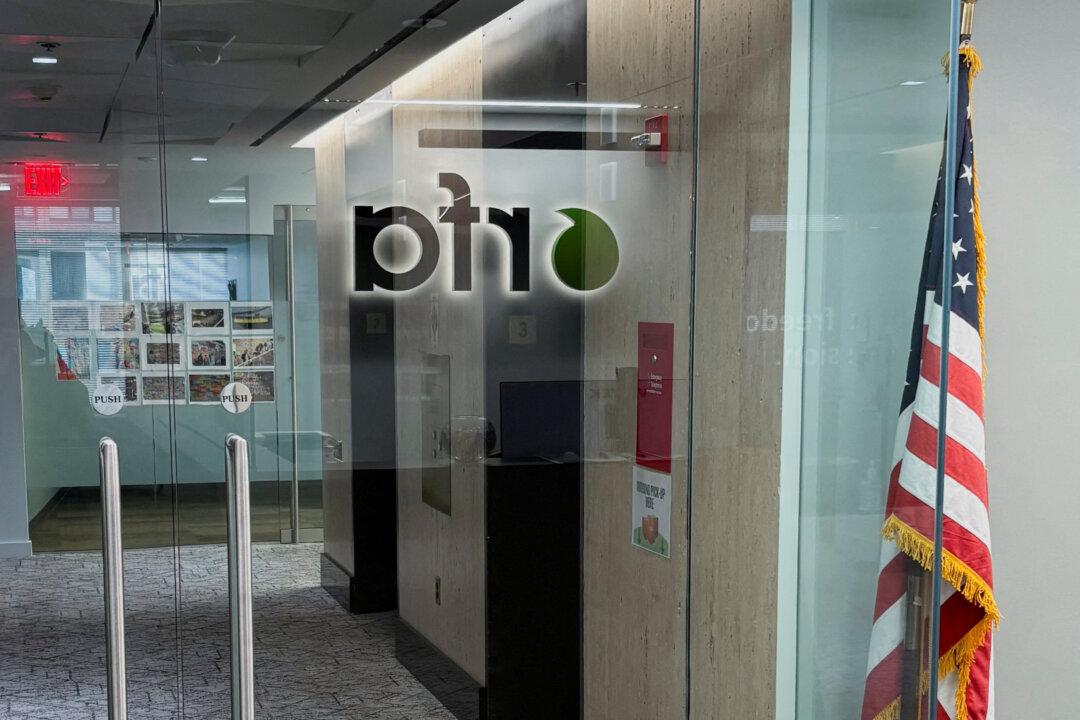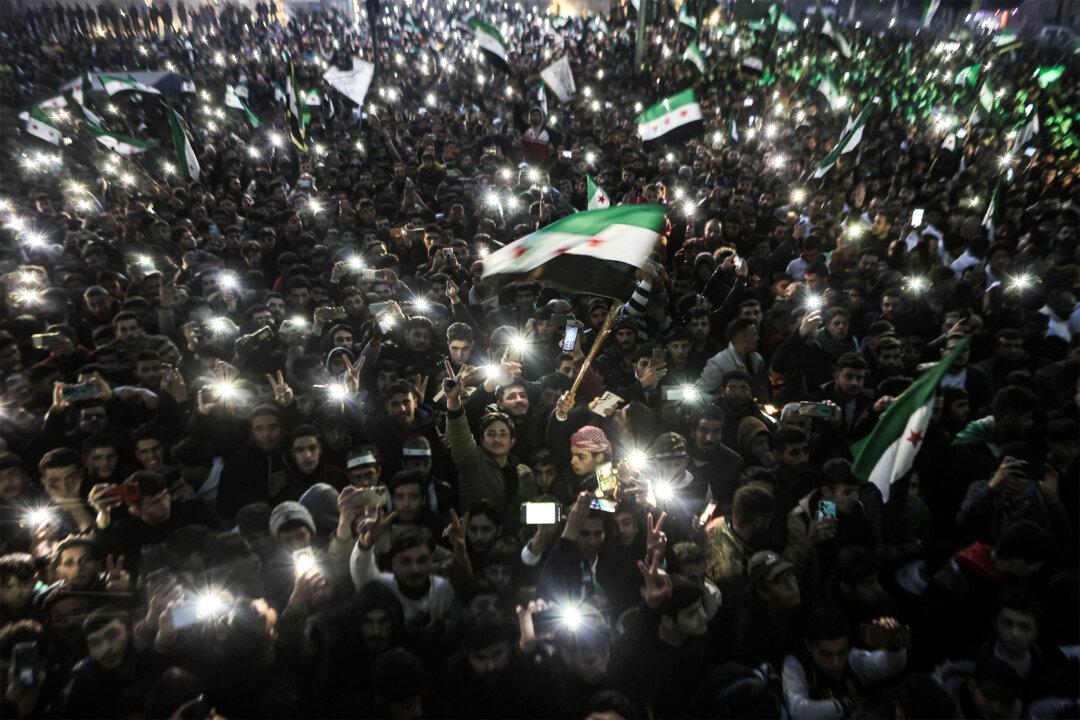Commentary
A statewide survey of California’s K-12 education system indicates that nearly 90 percent of respondents are dissatisfied with the current quality of public education in the state, and more than 80 percent don’t want ethnic studies to be a high school graduation requirement.





